The Middle Ages, spanning roughly from the 5th to the 15th century, were a rich period of cultural transformation, religious fervor, and heroic storytelling. Across Europe and parts of the Near East, storytellers wove together history, myth, and imagination to create enduring legends that reflected the hopes, fears, and values of their societies. Whether they were tales of gallant knights, mythical beasts, or heroic outlaws, these stories helped shape Western literature and identity. Below are twenty of the most iconic medieval legends that have echoed through time, leaving their mark on books, film, and popular imagination.
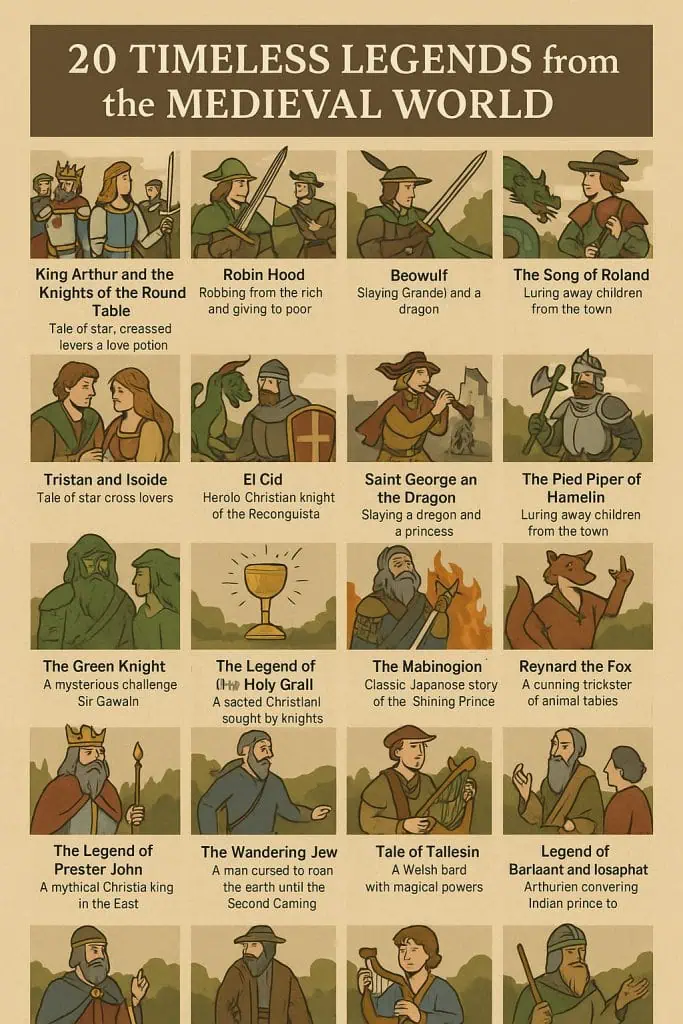
1. King Arthur and the Knights of the Round Table
The legend of King Arthur stands as one of the most influential and expansive medieval tales. As the mythical ruler of Camelot, Arthur united Britain and ruled with justice, aided by his loyal companions, the Knights of the Round Table. These knights, including Lancelot, Gawain, and Percival, embarked on quests like the search for the Holy Grail, the most sacred Christian relic. The magic sword Excalibur, Arthur’s mentor Merlin the wizard, and his tragic downfall at the hands of Mordred add layers of mysticism, romance, and betrayal. The Arthurian legends evolved over centuries, blending Celtic myths, Christian symbolism, and chivalric ideals, becoming central to Western literary tradition.

2. Robin Hood
The story of Robin Hood is a cornerstone of English folklore, portraying a heroic outlaw who defied authority to champion the oppressed. Set in Sherwood Forest during the reign of King John, Robin is often seen leading a band of rebels called the Merry Men, which includes Little John, Friar Tuck, and his beloved Maid Marian. Together, they confront the corrupt Sheriff of Nottingham, redistributing wealth and restoring justice. Though likely based on a mix of historical outlaws and folklore, Robin Hood’s narrative evolved into a symbol of resistance, social justice, and the idea that nobility is defined not by birth, but by one’s actions.

3. Beowulf
Beowulf is one of the oldest surviving epics in the English literary canon, set in a Scandinavian landscape filled with monsters and heroes. The story follows the titular hero, Beowulf, a Geatish warrior who comes to aid the Danes by defeating the fearsome creature Grendel, and later, Grendel’s vengeful mother. In his old age, Beowulf faces a dragon that threatens his homeland, ultimately sacrificing himself for his people. Rich in pagan warrior culture, the poem also contains Christian moral overtones, making it a complex fusion of beliefs and themes. Its deep reflection on heroism, mortality, and legacy has secured its place as a cornerstone of medieval literature.

4. The Song of Roland
The Song of Roland is a grand French epic poem that celebrates the heroism and fealty of Roland, a commander in the army of Charlemagne, the Frankish king and Holy Roman Emperor. The story centers around the Battle of Roncevaux Pass, where Roland leads the rear guard against an overwhelming Saracen force. Despite knowing his death is certain, he refuses to call for help until it is too late, out of pride and honor. The poem explores themes of loyalty, valor, religious conflict, and martyrdom, encapsulating the ideals of medieval chivalry and Christian duty in the face of adversity.

5. Tristan and Isolde
The legend of Tristan and Isolde is a tragic tale of doomed love rooted in Celtic mythology and later popularized in medieval romance literature. Tristan, a noble knight, is sent to escort Isolde, the Irish princess, to marry his uncle, King Mark of Cornwall. However, the two accidentally drink a love potion and fall helplessly, passionately in love. Their affair, carried out in secret, ultimately leads to heartbreak, betrayal, and death. This tale influenced many later romances, including the Lancelot-Guinevere subplot in the Arthurian cycle, and it explores complex themes of fate, honor, and the power of forbidden desire. The story became a staple of courtly love literature in the Middle Ages and beyond.

6. The Legend of El Cid
El Cid, born Rodrigo Díaz de Vivar, was a historical Castilian nobleman and military leader whose life became a legendary epic in Spanish culture. His exploits were immortalized in “El Cantar de mio Cid”, a medieval Spanish poem that depicts him as a heroic Christian knight navigating the turbulent conflicts between Christians and Moors during the Reconquista. Though at times exiled by the king, El Cid remains steadfastly loyal, reclaiming his honor through military brilliance and unshakable faith. His story reflects both historical reality and mythical embellishment, symbolizing ideals of loyalty, bravery, and national unity in medieval Spain.
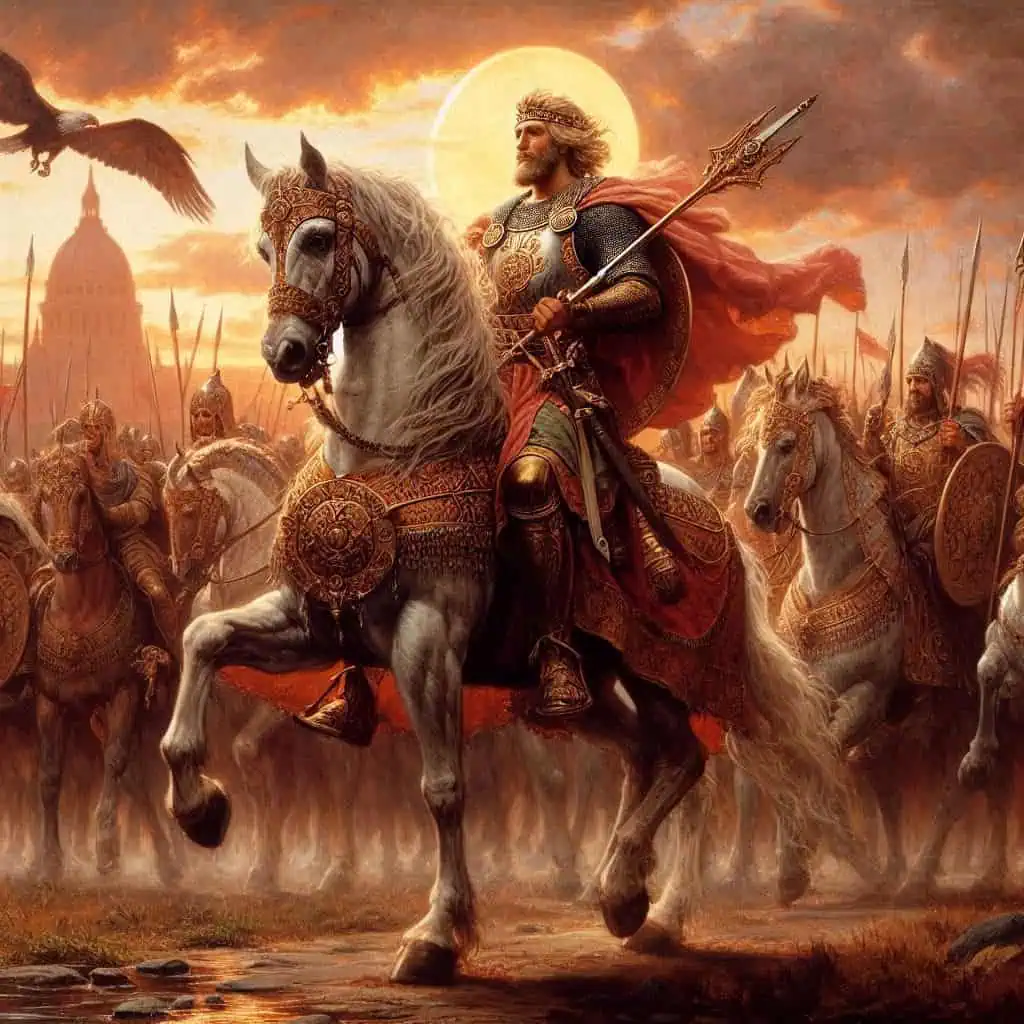
7. Saint George and the Dragon
The legend of Saint George and the Dragon is a widely revered Christian tale that became particularly prominent during the Middle Ages. Saint George, a Roman soldier and Christian martyr, comes upon a town terrorized by a monstrous dragon that demands human sacrifices. When the king’s daughter is chosen as the next victim, George bravely intervenes, slaying the beast and saving the princess. The story symbolizes the triumph of good over evil, often interpreted as Christian virtue defeating pagan darkness. Though rooted in older mythologies, the legend became a chivalric ideal and helped establish Saint George as the patron saint of England and several other countries.

8. The Pied Piper of Hamelin
The eerie tale of the Pied Piper of Hamelin is a medieval German legend set in the town of Hamelin in the 13th century. When the town is overrun by rats, a mysterious piper in colorful garb arrives and offers to rid them of the infestation. He succeeds using his magical pipe, but when the townspeople refuse to pay him, he takes his revenge by luring away all the children, who vanish without a trace. The legend, possibly based on real events like plague or emigration, evolved into a cautionary tale about broken promises, greed, and the mysterious powers of music. It remains one of Europe’s most haunting medieval folktales.

9. The Green Knight (Sir Gawain and the Green Knight)
In this Arthurian romance, Sir Gawain, one of King Arthur’s bravest knights, accepts a challenge from the mysterious Green Knight: strike him once with an axe, and a year later, accept the same blow in return. Gawain beheads the knight, who picks up his own head and reminds Gawain to meet him again. The tale explores deep themes of honor, temptation, human fallibility, and the harsh standards of chivalric codes. Full of symbolism and supernatural elements, Sir Gawain and the Green Knight is considered one of the greatest masterpieces of Middle English literature and reflects the evolving ideal of knighthood.

10. The Legend of the Holy Grail
The Holy Grail, often linked with the Last Supper, is a central element in Christian legend and Arthurian literature. It is portrayed as a sacred chalice possessing miraculous powers, such as healing the sick or granting eternal life. Knights like Sir Galahad, Percival, and Lancelot embark on quests to find the Grail, facing both spiritual trials and earthly temptations. The Grail represents divine grace, spiritual enlightenment, and the merging of Christian mysticism with medieval adventure. Over time, the Grail became a symbol of the ultimate spiritual goal—something sought by the pure of heart, yet elusive to all but the most devout.

11. The Nibelungenlied
This German epic tells the story of Siegfried, a dragon-slayer who gains invulnerability by bathing in the creature’s blood—except for one spot on his back. He wins the love of Kriemhild and aids King Gunther, but his life is eventually betrayed by jealousy and revenge. The poem ends in a bloody climax, with Kriemhild’s vengeance leading to widespread death and tragedy. The Nibelungenlied reflects themes of fate, heroism, loyalty, and the consequences of pride and betrayal. It forms the basis of Richard Wagner’s Ring Cycle and remains one of the most important works in medieval German literature.
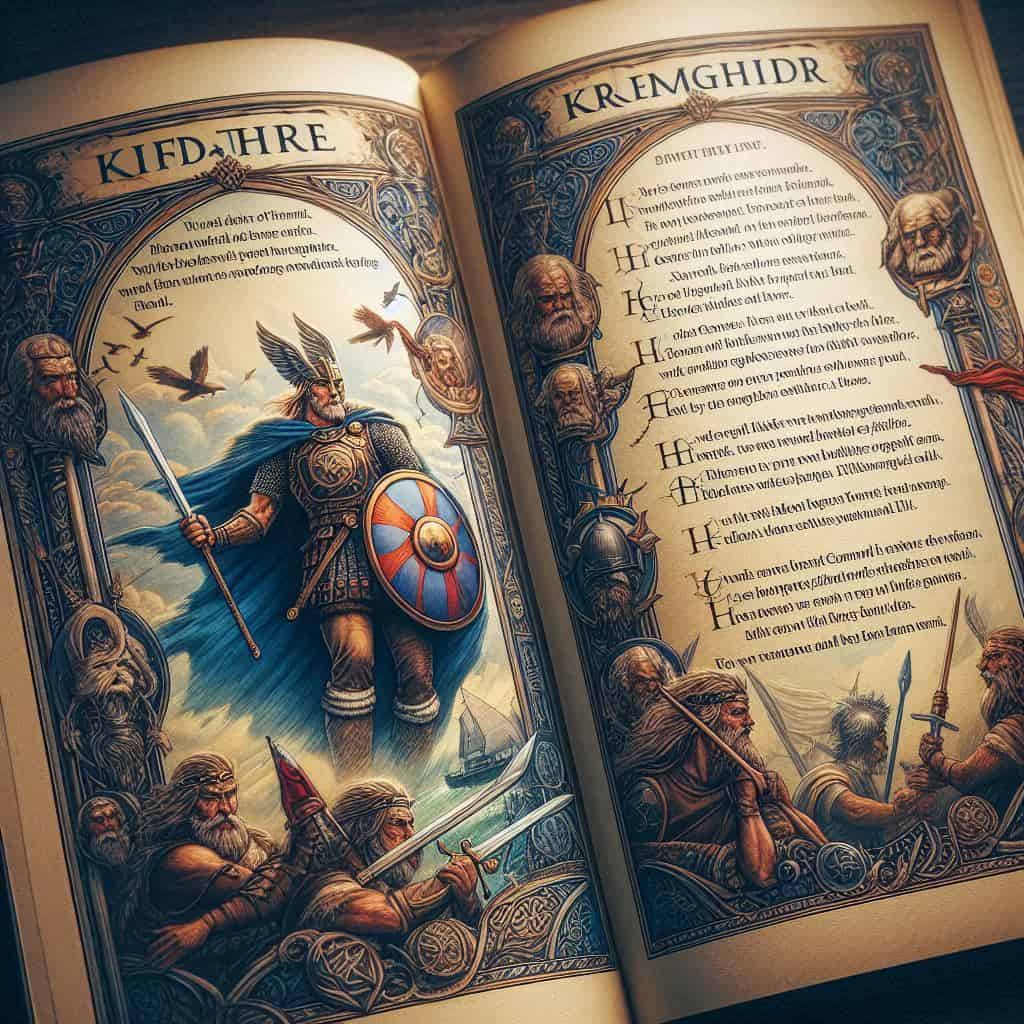
12. The Tale of Genji
Though not European, The Tale of Genji by Murasaki Shikibu deserves a place among the most influential medieval legends. Written in early 11th-century Japan, it is often regarded as the world’s first novel. It follows the life and romantic adventures of Hikaru Genji, the “Shining Prince,” a nobleman of exquisite beauty, intellect, and charm. The story is more than a love tale—it captures the complexities of court life, politics, Buddhist philosophy, and the impermanence of beauty and happiness. While steeped in Heian-era aesthetics, it shares the introspective and symbolic qualities found in Western legends and reflects the universality of human emotion in medieval storytelling.

13. The Mabinogion
The Mabinogion is a collection of Welsh myths and heroic tales that blend pagan Celtic tradition with emerging Christian values. Compiled in the 12th and 13th centuries, it features magical characters, gods, shape-shifters, and heroes like Pwyll, Bran, and Blodeuwedd—a woman created from flowers. These stories also intersect with Arthurian legend, presenting early forms of characters like King Arthur and Merlin. The Mabinogion explores profound themes of destiny, honor, magic, and the natural world, making it a foundational text of medieval British folklore and a precursor to more structured European romances.

14. The Legend of Melusine
Melusine is a French and German medieval legend about a beautiful, mysterious woman who marries a nobleman under one condition: he must never see her on Saturdays. When he breaks his promise and spies on her, he discovers she transforms into a serpent or mermaid-like creature. She leaves him and vanishes, often appearing later as a ghost or wailing spirit. Melusine symbolizes themes of trust, otherness, and the duality of female power—both nurturing and dangerous. Her story was especially popular in the Lusignan dynasty of France, where she was considered the mythical ancestor of several noble houses.

15. The Fisher King
The Fisher King is a central figure in Arthurian legend, often depicted as the wounded guardian of the Holy Grail. His injury is symbolic, reflecting a kingdom that is equally barren and broken. Only a pure-hearted knight—typically Percival or Galahad—can heal him by asking the right spiritual question. This tale explores the deep Christian allegory of wounded humanity, redemption, and the sacred quest. It reflects both psychological and religious dimensions, representing the spiritual wounds of mankind and the hope for renewal through grace. The Fisher King myth has influenced countless works, from medieval literature to modern psychological interpretations.
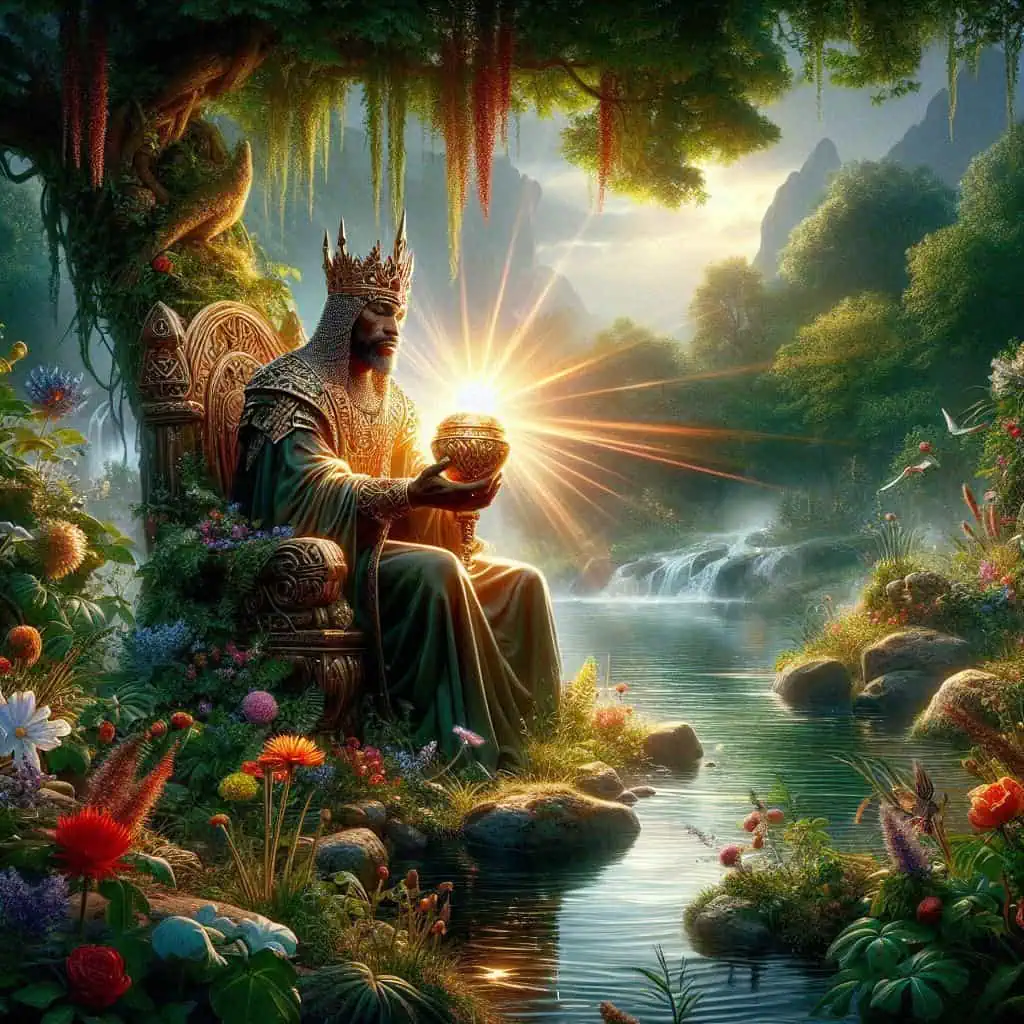
16. Reynard the Fox
A popular series of beast fables from medieval France, Germany, and the Low Countries, the Reynard the Fox tales feature a cunning fox who outwits stronger but duller animals like Isengrim the Wolf, Bruin the Bear, and even human rulers. These satirical stories use animal allegories to critique nobility, corruption, and clerical hypocrisy. Reynard is no model of virtue, but his cleverness, resourcefulness, and wit make him a popular antihero. The tales reflect the social tensions of medieval society and provided a humorous, irreverent counterpoint to the more noble and spiritual medieval romances.

17. The Legend of Prester John
Prester John was a mythical Christian king said to rule a vast and utopian kingdom somewhere in the East—sometimes described as being in India, Ethiopia, or Central Asia. According to the legend, he commanded an army of giants, griffins, and miraculous creatures, and his lands were filled with wealth, peace, and Christian virtue. European rulers, especially during the Crusades, hoped to find and ally with him against the Islamic world. Though entirely fictional, the legend of Prester John influenced medieval geopolitics, religious ambition, and exploration well into the Age of Discovery.
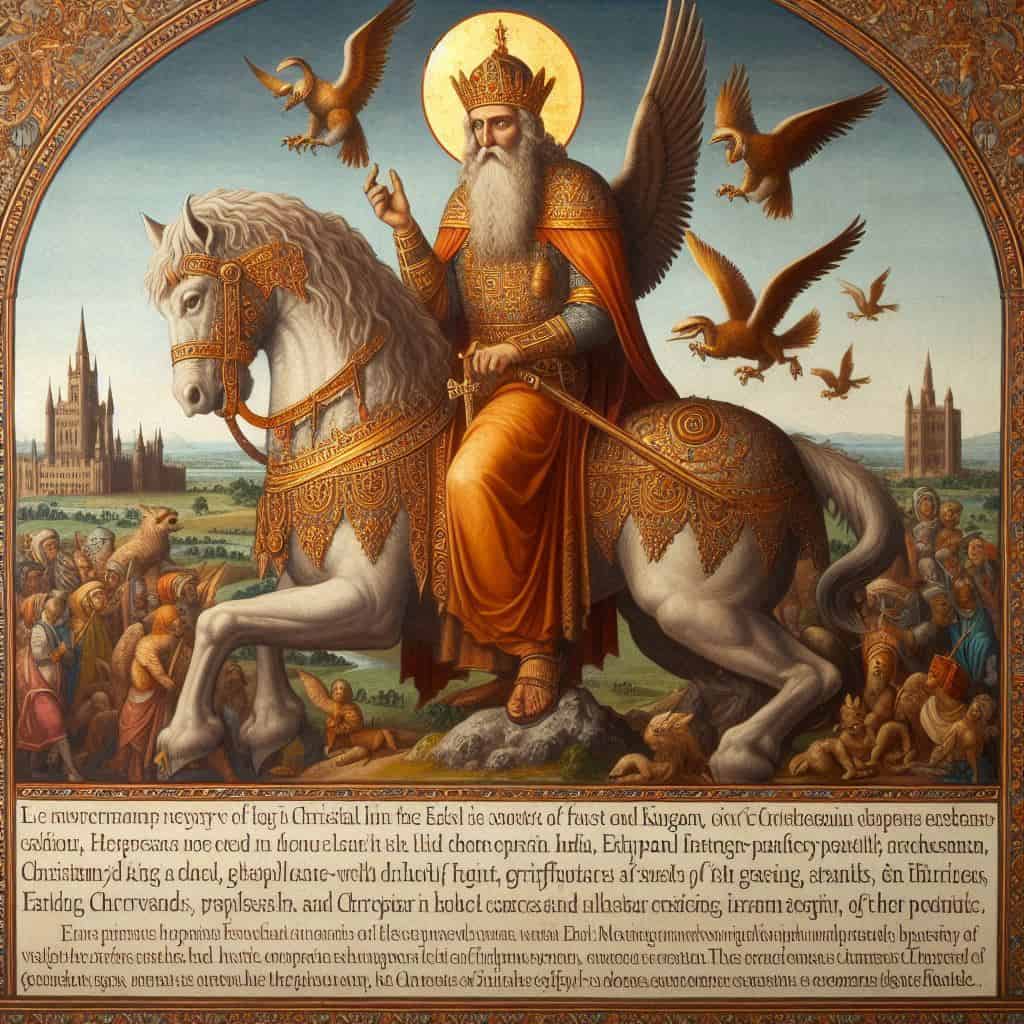
18. The Wandering Jew
The legend of the Wandering Jew emerged in medieval Christian Europe and told of a man who mocked Jesus on the way to the crucifixion. As punishment, he was cursed to wander the earth until the Second Coming. Often depicted as a sorrowful, eternal figure, the story served as a reflection on divine judgment, repentance, and the burden of time. Unfortunately, the tale was also historically used to promote antisemitic themes, though in literature it evolved into a more complex meditation on eternity, faith, and the human condition.
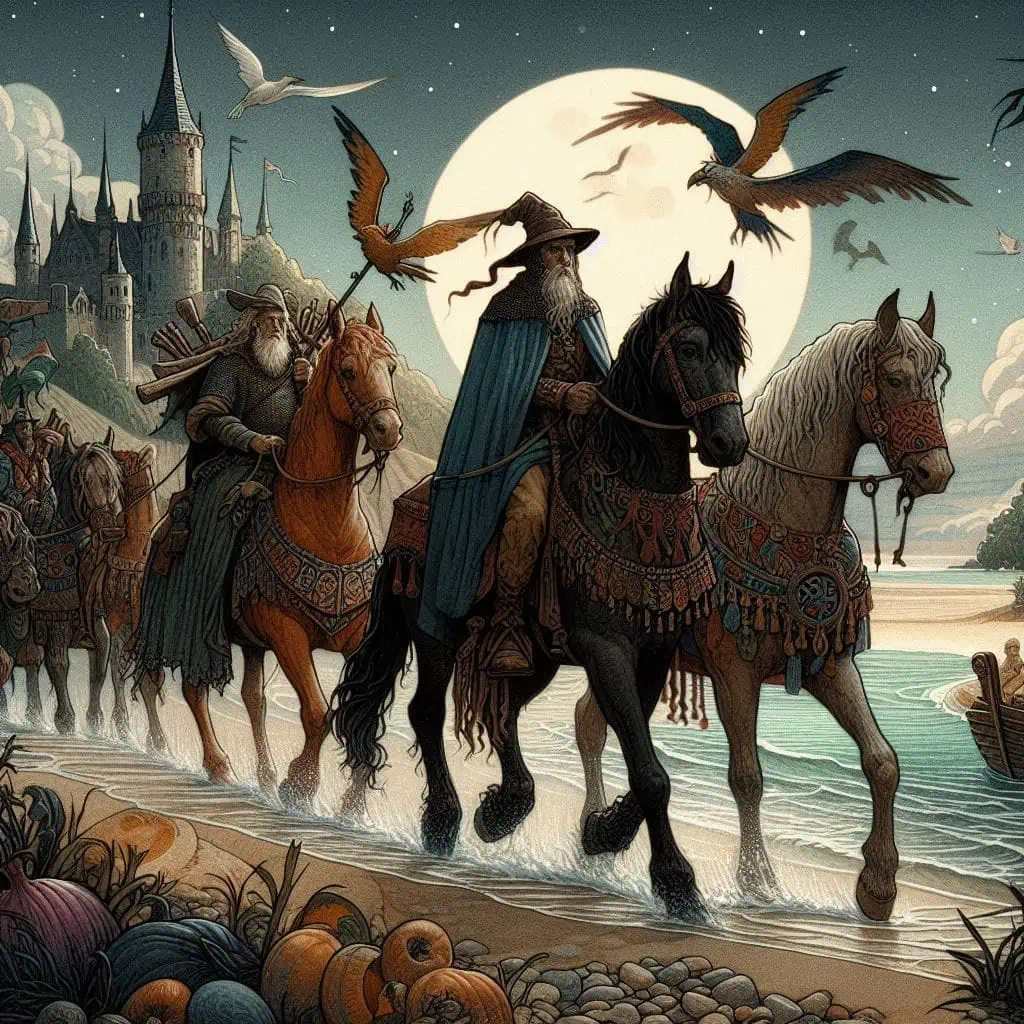
19. The Tale of Taliesin
Taliesin is a legendary Welsh bard whose origins are told in a mystical tale involving transformation, wisdom, and poetic inspiration. Originally a servant named Gwion Bach, he accidentally gains all knowledge by tasting a magical potion brewed by the enchantress Cerridwen. She chases him through a series of shape-shifting transformations, and he is finally reborn as Taliesin, a prophetic poet with divine insight. The story of Taliesin reflects ancient Celtic spiritual beliefs, shamanic traditions, and the reverence of poetry and knowledge in medieval Welsh culture. He later appears in Arthurian legends as one of Britain’s greatest poets.
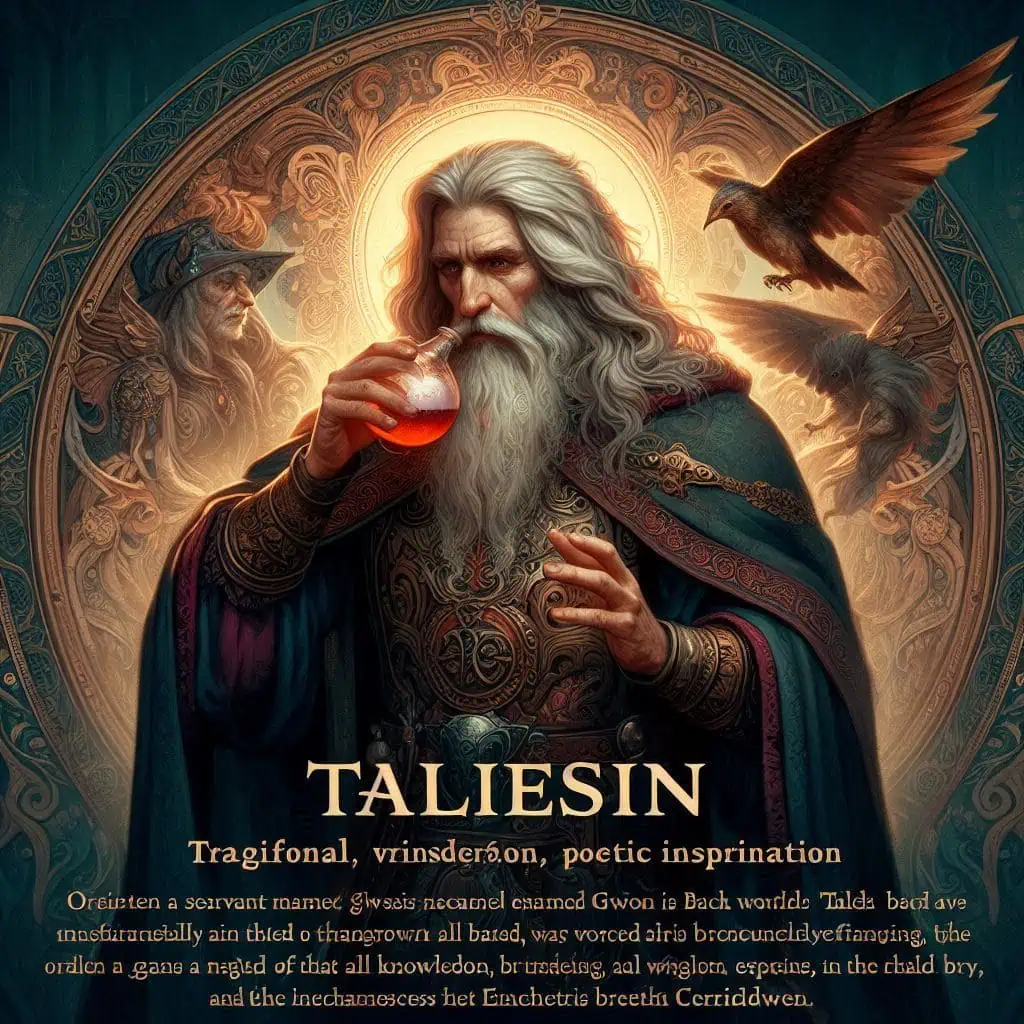
20. The Legend of Barlaam and Josaphat
This medieval Christian legend tells the story of Josaphat, an Indian prince who converts to Christianity under the guidance of a hermit named Barlaam. The tale mirrors the life of the Buddha and was passed through Persian, Arabic, and Georgian translations into medieval Europe. It became so integrated into Christian lore that Josaphat was even canonized as a saint. The story illustrates the universal spiritual journey, the rejection of worldly pleasures, and the quest for enlightenment and salvation. Its interfaith roots and wide transmission demonstrate how legends evolved across cultures and religions in the medieval world.

These twenty timeless legends from the medieval world reveal a rich and varied tapestry of human imagination, belief, and storytelling. From the chivalric quests of Arthurian knights to the mysterious journeys of wandering poets, from dragon-slaying saints to shape-shifting tricksters, each tale has left an indelible mark on literature, folklore, and cultural memory. Though rooted in the past, their themes—honor, betrayal, faith, courage, and wonder—remain universally resonant. These stories continue to inspire modern works across genres, reminding us that the medieval imagination still speaks vividly to the world today.
What defines a medieval legend?
A medieval legend is a traditional story from the Middle Ages that often blends historical figures, moral lessons, and elements of myth or magic. These tales were passed down orally and in manuscripts, shaping the cultural identity of Europe and beyond.
Are all medieval legends based on real events?
Not necessarily. While some legends are inspired by real people or historical events—like Joan of Arc or El Cid—many incorporate fantastical elements or were created entirely from folklore, religious symbolism, or literary imagination.
Why are medieval legends still popular today?
Their timeless themes—heroism, betrayal, love, justice, and the supernatural—continue to resonate. These stories have inspired countless books, films, games, and art, allowing each generation to reinterpret them through a modern lens.
Is King Arthur a real historical figure?
King Arthur’s historicity is debated. While there may have been a real war leader who inspired the legends, most details—like the Round Table or Excalibur—are likely literary inventions added over centuries.
What role did religion play in medieval legends?
Religion was central. Many stories, such as Saint George or the Quest for the Holy Grail, reflect Christian beliefs, symbolism, and values. Even non-religious tales often incorporate spiritual lessons or moral allegories.
Were there non-European medieval legends?
Absolutely. While European tales are most widely known, regions like Japan, the Middle East, and Africa also produced rich medieval storytelling traditions, such as The Tale of Genji or The Arabian Nights.
How were medieval legends preserved?
They were passed down through oral tradition, later recorded in manuscripts by monks, poets, or scribes. Epic poems, illuminated texts, and folklore collections helped keep these stories alive for centuries.
What’s the difference between a legend and a myth?
Legends usually have some basis in history and involve human characters, while myths tend to involve gods, creation stories, or cosmological themes. In practice, though, the two often overlap—especially in medieval storytelling.






